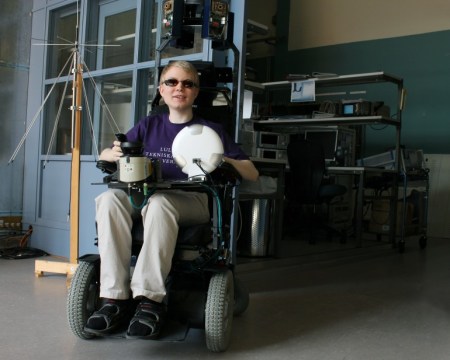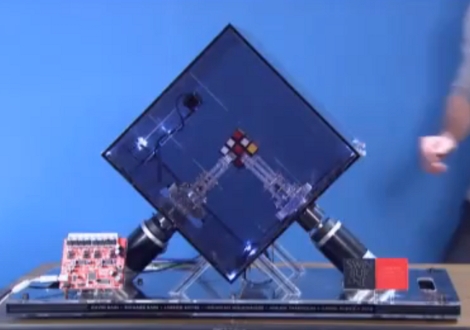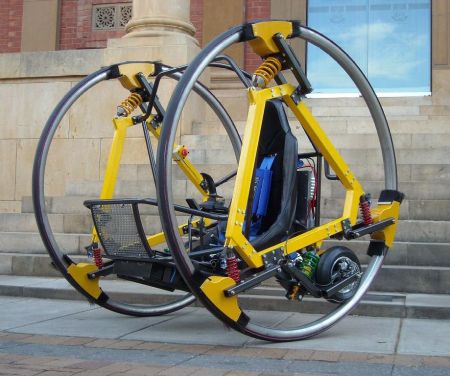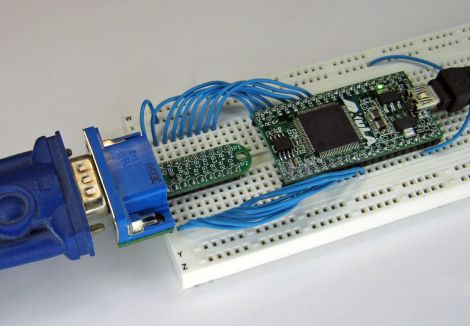
Using a scanning laser similar to those used in industrial safety systems, a new wheelchair developed by Sweden’s Luleå University of Technology allows those who are visually impaired to drive it without assistance. A driver is given haptic feedback as a navigation aid, reportedly similar to using a cane.
Although something like this is good in concept, this idea is already a working prototype. Doctoral student Daniel Innala Ahlmark (who is visually impaired himself) has already taken this wheelchair on a test run in his university’s busy Computer Science, Electrical, and Space Engineering Department. After this test run he remarked that he “felt safe like using a white cane.”
It’s really neat to see engineering and hacking skills put to use to help people who are impaired in some way (even cooler to see someone visually impaired helping with the process itself!). For more “hacks” related to helping people check out this brain controlled wheelchair, or this mobility device for kids.















